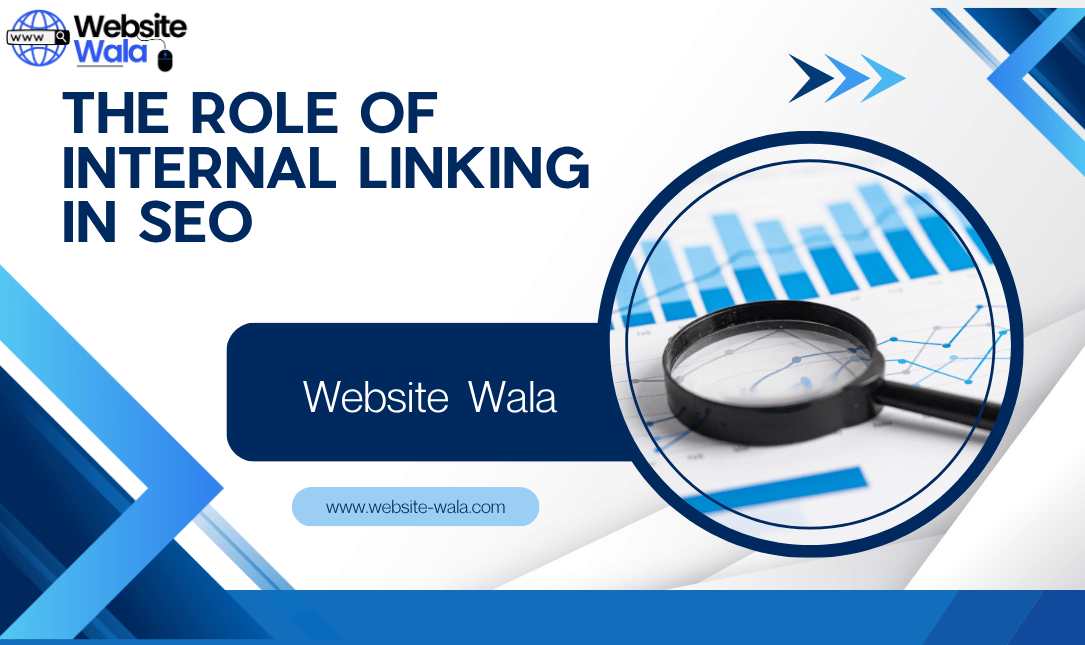
Learn how to build a website from scratch with this step-by-step guide. From choosing a domain name to designing your site and optimizing it for search engines, this comprehensive tutorial will help you create a professional website without any prior experience.
How to Build a Website from Scratch: A Step-by-Step Guide
Building a website from scratch may seem like a daunting task, especially if you have no prior experience in web development. However, with the right guidance and a clear plan in place, creating a professional website can be a rewarding and manageable process. In this comprehensive step-by-step guide, we will walk you through the entire process of building a website from scratch, starting from choosing a domain name to optimizing it for search engines.
1. Choose a Domain Name
The first step in building a website is to choose a domain name. Your domain name is the web address that users will type into their browsers to access your site. When selecting a domain name, it is important to choose a name that is relevant to your website's content and easy to remember. You can purchase a domain name through domain registrars like GoDaddy or Namecheap.
2. Designing Your Website
Once you have chosen a domain name, the next step is to design your website. There are a few different ways to approach website design, including using a website builder like Wix or Squarespace, hiring a web designer, or designing the site yourself using HTML, CSS, and JavaScript.
Website Builders
Website builders are tools that allow you to create a website without any coding knowledge. They typically offer a range of templates and customizable options to help you design a professional-looking site quickly and easily. Some popular website builders include WordPress, Shopify, and Weebly.
Hiring a Web Designer
If you have the budget, hiring a web designer is a great option for creating a custom-designed website that meets your specific needs. A web designer can work with you to create a unique design that reflects your brand and helps you stand out from the competition.
Designing the Site Yourself
If you have some coding knowledge or are willing to learn, designing the site yourself can give you ultimate control over the design and functionality of your website. You can use tools like HTML, CSS, and JavaScript to create a custom website from scratch.
3. Optimizing Your Website
Once you have designed your website, the next step is to optimize it for search engines. Search engine optimization (SEO) is the process of improving your website's visibility in search engine results pages. Here are some key steps to optimize your website:
Keyword Research
Perform keyword research to identify the terms and phrases that your target audience is searching for. Use these keywords strategically throughout your website to improve your search engine rankings.
Optimize On-Page Elements
Optimize on-page elements such as title tags, meta descriptions, and heading tags with your target keywords. This will help search engines understand the content of your website and improve your visibility in search results.
Create High-Quality Content
Creating high-quality, relevant content is essential for improving your website's SEO. Regularly publish blog posts, articles, and other content that provides value to your audience and incorporates your target keywords.
Build Backlinks
Backlinks are links from other websites to your site and are an important ranking factor for search engines. Focus on building high-quality backlinks from relevant and authoritative websites to improve your website's SEO.
4. Testing and Launching Your Website
Before launching your website, it is essential to test it thoroughly to ensure that it works correctly on all devices and browsers. Make sure to check for any broken links, formatting issues, or other errors that could affect the user experience. Once you are satisfied with your website's design and functionality, it is time to launch it to the public.
5. Maintaining Your Website
Building a website is not a one-time task; it requires ongoing maintenance to ensure that it remains secure, up-to-date, and optimized for search engines. Regularly update your website with fresh content, monitor its performance using analytics tools, and make any necessary changes to improve its usability and SEO.
Building a website from scratch may seem like a challenging process, especially for beginners. However, with the right guidance and tools, creating a professional website is achievable even with no prior experience. By following the steps outlined in this guide, you can build a website that not only looks great but also performs well in search engine results. Remember to choose a relevant domain name, design your site with your audience in mind, optimize it for search engines, test it thoroughly before launch, and maintain it regularly to ensure its success.























